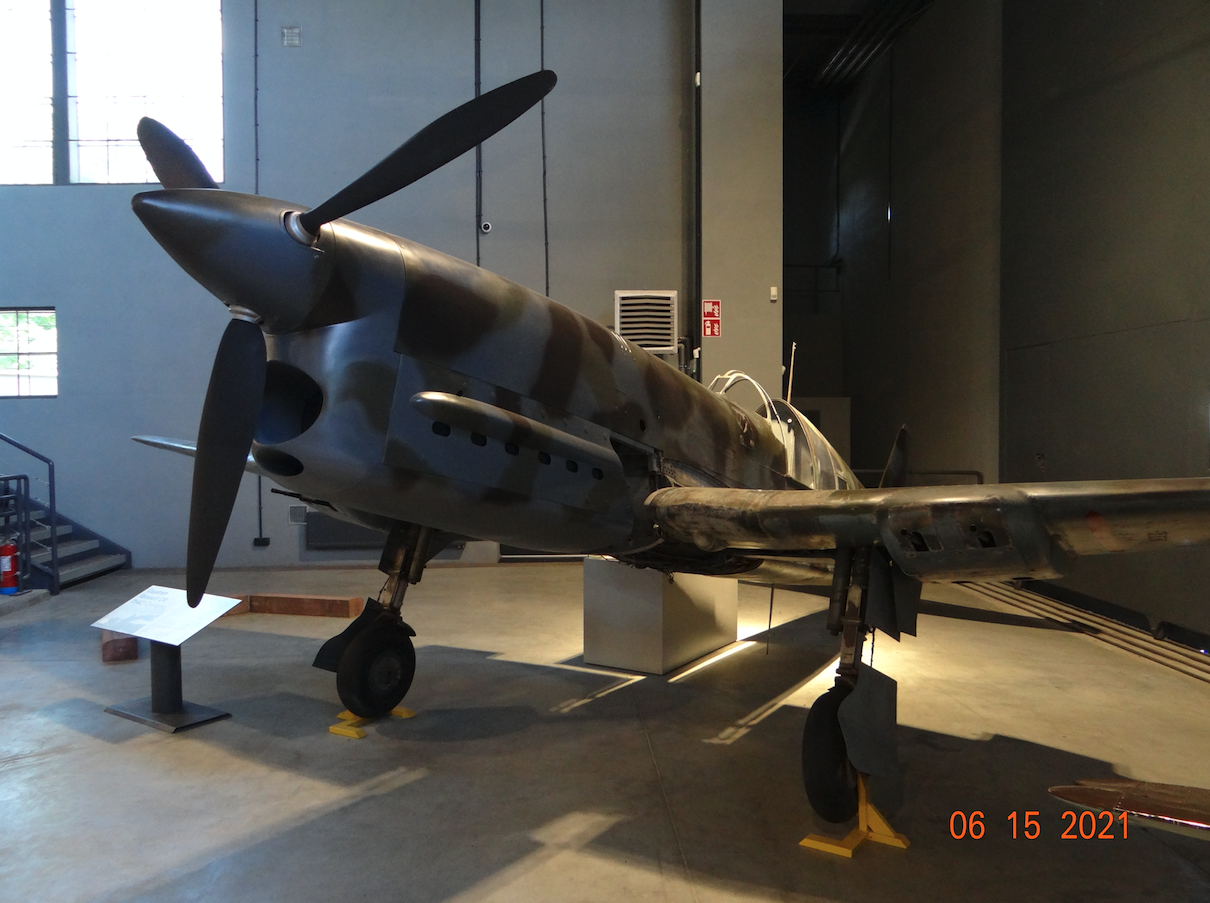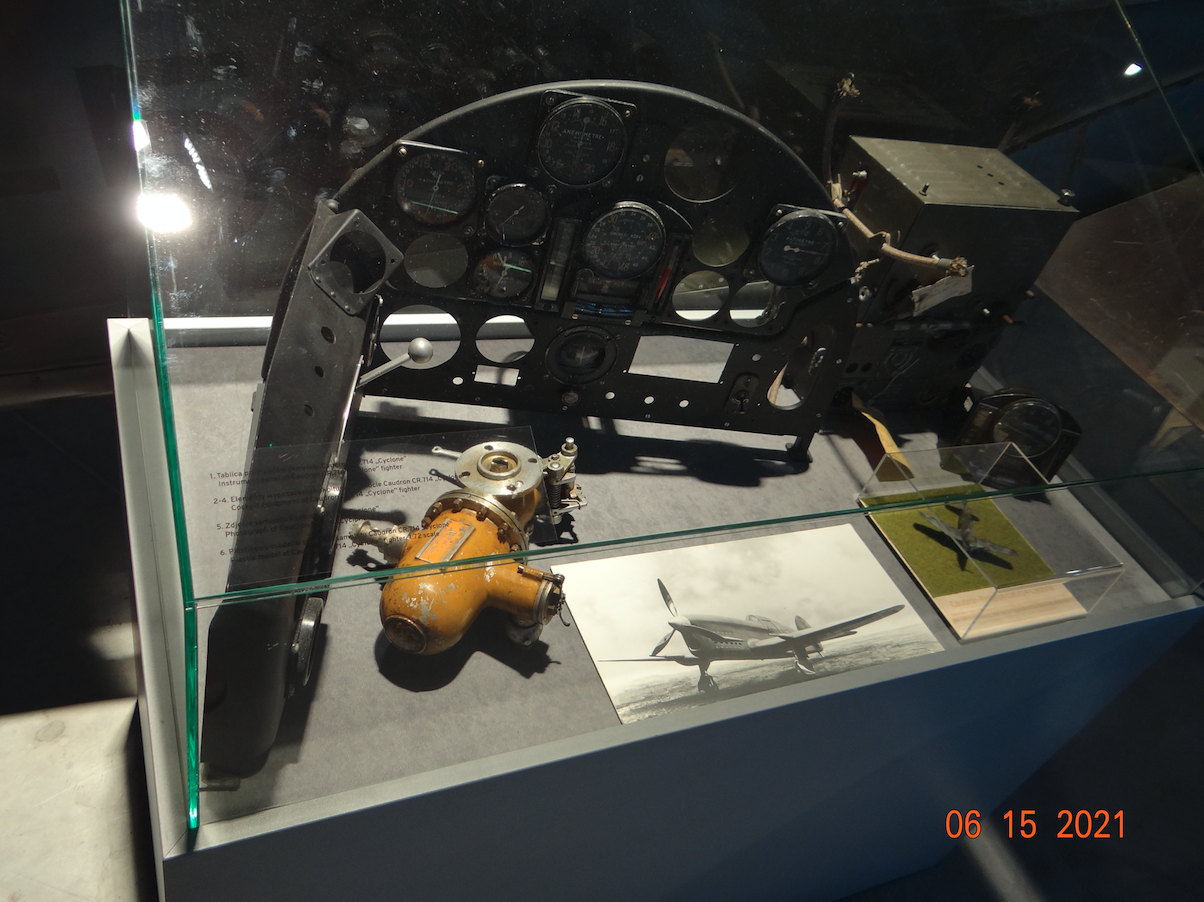Kraków 2021-06-18
History Renault CR 714 C1 Cyclone
Concern Caudron.
Société Anonyme des Avions Caudron was founded in 1909 by brothers Gaston and René Caudron. In the first years, the G.1 and G.2 planes were built. At the outbreak of World War II, the G.2 and G.3 planes were introduced to the French observation squadrons. More airplanes were built that were light, easy to build and fast. After the war, the company built planes for civil aviation. The company employed a male test pilot and a female test pilot, Maryse Bastié, who set many aviation records. She was the first woman to fly the distance of 1,058 km.
On July 1, 1933, the Caudron company was bought by Louis Renault. In 1944, Louis Renault was arrested as a German collaborator and died in prison before trial. The company was taken over by the provisional government and nationalized on January 15, 1945, under the name Régie Nationale des Usines Renault. In 1946, the company was incorporated into the SNCAN concern, and the SMRA engine building plant was incorporated into the SNECMA concern.
Development of the Caudron CR.714 design.
The Caudron CR.714 aircraft was developed by the French designer Marcel Riffard. The plane was initially developed as a racing plane: light and fast. The plane was of a wooden structure. The first prototype was called Caudron C.710.01 and it was flown on July 18, 1936. The plane had a Renault 12RO1 piston engine, 450 hp (331 kW), and its planned armament consisted of two 20 mm cannons. Another prototype, designated C.713, was flown in December 1937. It uses a retractable undercarriage. Several modifications were added in the following months. The plane was armed with four 7.5 mm MAC 1934 machine guns. The plane in level flight reached a speed of 484 km / h. Due to the use of wood in construction, it was cheap to produce and had good performance, therefore the French aviation ordered 100 examples, intended for fighter aviation. The aircraft production was placed at the Renault plant near Paris in mid-1939. Serial aircraft were designated Caudron CR.714C1 Cyclone. The military took the plane reluctantly. Due to the wooden structure, it was not possible to mount a more powerful engine. The plane was fast horizontally, but slow in vertical maneuvers. In 1940, after the production of 90 copies, serial production was stopped. 50 of the planes were sold to Finland, but only 6 were delivered. These planes were used in the Finnish-Russian war.
Caudron CR.714C1 Cyclone aircraft for Polish pilots.
The French Army did not want these planes. Like France, it did not want an ally like Poland. It was decided to hand over about 80 Caudron CR.714C1 Cyclone aircraft to Polish aviation branches in France. French airmen did not fight on Caudron CR.714C1 Cyclone planes.
The Polish fighter squadron in France, Warsaw I / 145 Squadron, was equipped with Caudron C.714C1 Cyclone aircraft, on May 18, 1940, at the Mions airport. There, 35 aircraft were handed over. It was a Polish unit in France that fought on these planes against the German army. The Poles shot down 12 enemy planes for sure and 2 planes for sure.
Polish pilots from the training squadron based at Bron airport also fought on the Caudron CR.714C1 Cyclone planes. This squadron protected Lyon against attacks by German planes. However, he did not achieve air victories, although they crashed several German bombing expeditions.
One of the Caudron CR.714C1 Cyclone aircraft in use in Finland went to the Finnish aviation museum Päijät-Hämeen ilmailumuseo. In 2015, the plane was handed over to the Polish Aviation Museum in Krakow as a long-term deposit. The plane has been restored as much as possible. The plane is incomplete: it does not have an engine and many elements of the cockpit equipment. In 2020, the plane was displayed as an exhibit in the restored hangar of the 2nd Air Regiment.
Written by Karol Placha Hetman





